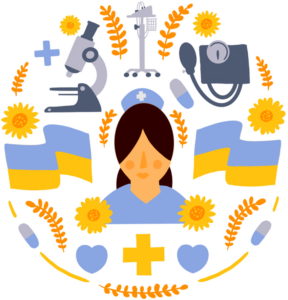CNO Roundtable 2021
Collaborations
Q: Did COVID-19 bring about any intraprofessional collaborations that you found especially useful?
Erin Keefe
Dignity Health – St. Bernardine Medical Center
When the initial surge was happening in New York, I reached out to colleagues and asked what they were doing and how they adapted, which was very helpful as the surge began in Southern California. We had great interprofessional collaboration as well. While our patient census was high throughout the winter, our physicians, residents, medical students, PAs and CRNAs all willingly redeployed to assist with patient care in new and creative ways. We also had employees from facilities in other areas of the country that were not at surge capacity who volunteered to come assist us. They were literally lifesavers.
Evelyn Ku
Alhambra Hospital Medical Center
Our facility is part of a network of hospitals. We’ve learned to rely on each other’s strengths and services. If another hospital has supplies we are short of, such as PPE, we reach out for help. Recently, we were able to help each other by working out a process to transport and store bodies, which has been a problem due to lack of space in the morgue.
Glenda Luce
Foothill Regional Medical Center
Especially in the early stages of the pandemic, I tried to take every opportunity to hear what others were facing and how they were responding. Our organization had the foresight to establish an interdisciplinary team of nurses and other stakeholders from our West Coast and East Coast facilities, which met daily to discuss how things were evolving and how we could assist each other.




